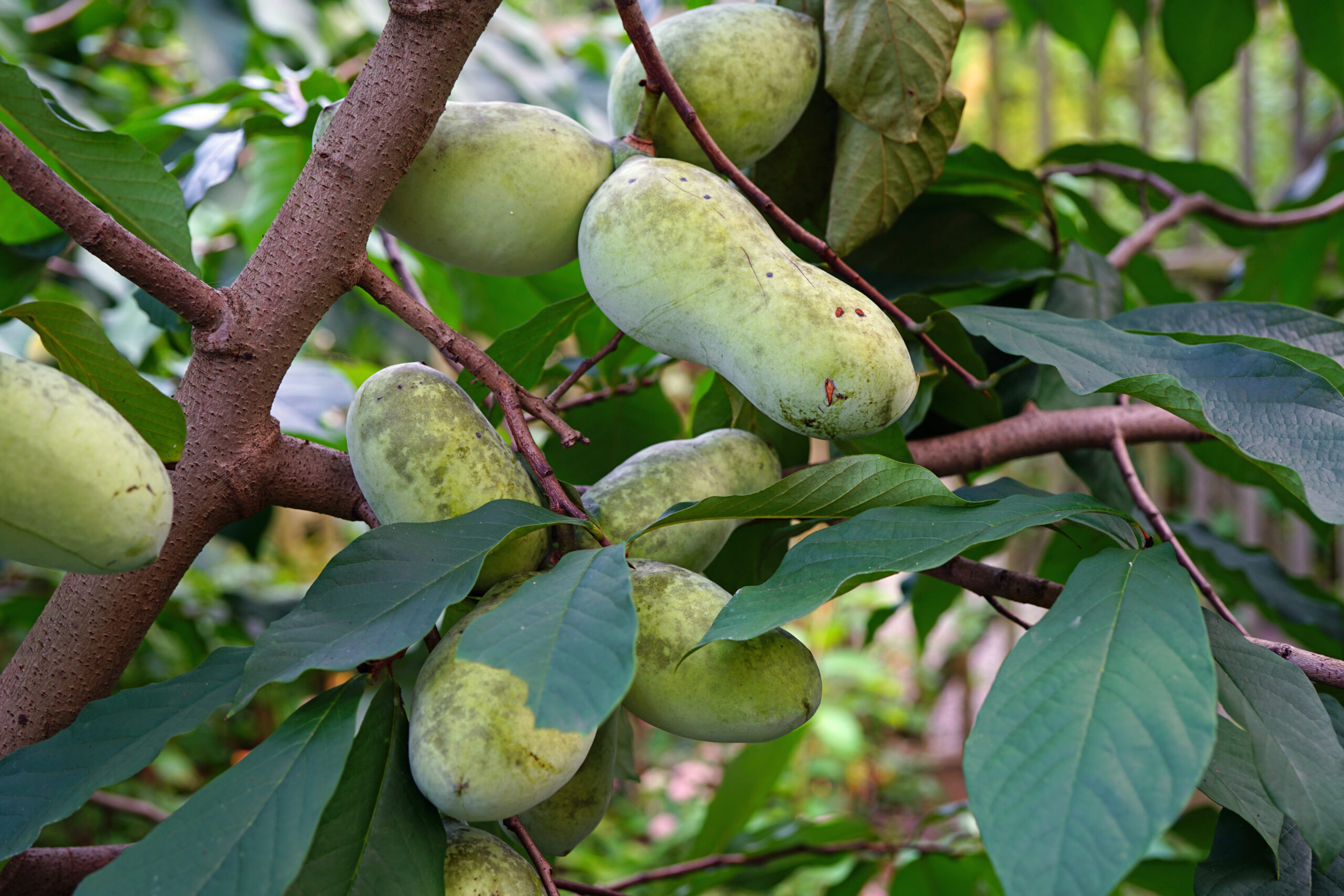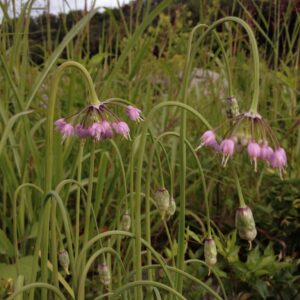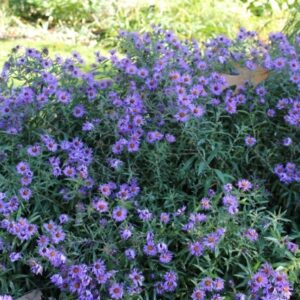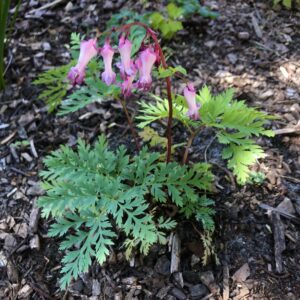Pawpaw is a deciduous, native, understory tree. In spring, 6-petaled, purplish-brown flowers mature. Flowers have both male and female parts but are self-incompatible. A genetically different pollen donor (a pollinizer) is needed for fruit production. In late summer to early fall, pawpaw produces an edible, sweet-tasting, and custard-like fruit measuring 2.5 to 6 inches. Harvesting the fruit can be difficult with competition from ambitious wildlife. It is recommended to wear gloves when harvesting as contact dermatitis has been known to occur. The leaves turn a yellow color in the fall and provide interest.
Pawpaw does well in naturalized, riparian, or woodland areas. It is a flowering tree that attracts butterflies, pollinators, small mammals, and songbirds, which makes pawpaw a good addition to a butterfly, pollinator, or rain garden. Flies and beetles are beneficial pollinators attracted to the fetid odor of flowers. It is an easy-to-grow fruit tree for children’s gardens.
Host plant for the Zebra Swallowtail Butterfly! Deer Resistant!






Reviews
There are no reviews yet.